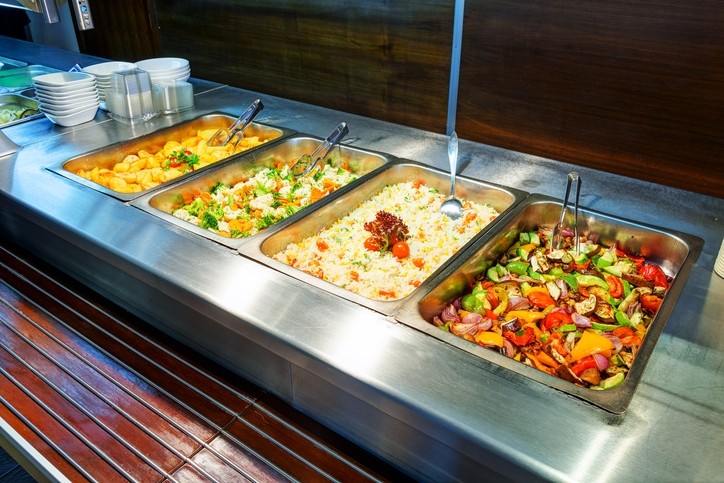Nonprofit pressures Aramark to speed-up its efforts to improve the nutrition of the meals it serves

In a petition launched in mid-July, Balanced encourages people to pressure Aramark to better “balance its menus and serve healthier foods in their cafeterias across the country,” Balanced Executive Director Audrey Sanchez told FoodNavigator-USA.
She explained that the non-profit’s idea of a balanced menu is one that “at least meets federal dietary guidelines, which would put an increase of fruits, vegetables, whole grains and plant proteins on the menu with a decrease in the foods that are increasingly known to cause disease and chronic illness.”
For Aramark in particular, the non-profit is asking the food service company to reduce by 20% the amount of meat, “processed foods and junk that they are currently serving, with a direct proportion of plant-based options or vegetables, fruits, legumes and whole grains,” Sanchez said, adding, “in an ideal world that would put them to having 50% of all their meals being fruit, vegetable and whole grains.”
She also wants the food service provider to offer at least 50% whole grains versus its current portion of about 10%.
Sanchez said the petition, which garnered about 1,100 signatures in its first three weeks, was necessary because unlike other food service organizations the nonprofit has worked with Aramark has been unresponsive to Balanced’s attempts at outreach.
She did, however, acknowledge that when Balanced’s supporters reach out to the food giant, it directs them to its Healthy for Life 20 By 20 campaign.
The campaign launched in 2015 in partnership with the American Heart Association with the goal of improving American’s health 20% by 2020. This includes cutting by 20% calories, saturated fat and sodium and at the same time increasing by 20% fruits, vegetables and whole grains on Aramark’s menus.
To meet this goal, Aramark set an annual target reduction of 3-5%, which it surpassed in its first year.
According to Aramark, it reduced calories, saturated fat and sodium on average 8% across menus served on college and university campuses, hospital cafes and workplaces.
In addition, it says more than 30 percent of the main dishes served on those menus are now vegetarian or vegan and more than 10% have whole grains as a leading ingredient. Similarly, 50% of the entrees and sandwiches are 500 calories or fewer.
Aramark attributes this progress to reformulating some recipes, sourcing different ingredients and remixing its menus to feature more “Eat Well” recipes that have at least a serving of leafy greens, vegetables, whole grains or other “good-for-you ingredients.”
But this progress is not enough for Balanced.
“Their Healthy for Life initiative is meant to decrease some calories, saturated fat on the menus, and increase some access to vegetables and fruits, but they still fall dramatically short of even the low standards that are the federal dietary guidelines,” Sanchez said.
She added that her non-profit is in this fight for the long-haul. “We want to see change as soon as possible, but we will also continue running this campaign for as long as it takes. … There is no shortage of evidence on our side, and we really believe this is a huge public health concern,” she concluded.













